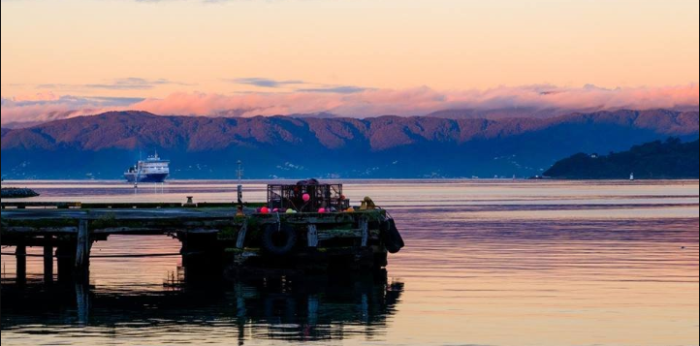The Greater Wellington Regional Council calls the government to endorse the International Convention for the Prevention of Pollution from Ships (MARPOL) in order to regulate to reduce the pollution coming from ships in Wellington Harbour. The Council arguments that tourists attracted to the natural attributes of Te Whanganui-a-Tara (Wellington Harbour) produce emissions as they visit the area with vessels.
As Councillor and Chair of GW’s Environment Committee Sue Kedgley reported, pollution from ship emissions is a crucial matter that has to be solved.
[smlsubform prepend=”GET THE SAFETY4SEA IN YOUR INBOX!” showname=false emailtxt=”” emailholder=”Enter your email address” showsubmit=true submittxt=”Submit” jsthanks=false thankyou=”Thank you for subscribing to our mailing list”]
He continued that nations should team up to fight the harmful pollutants such as sulphur dioxide and nitrogen oxides which adversely affect the health of populations and our marine environment.
Moreover, Great Wellington’s responsibilities consist of air, water and discharges to land and the coastal marine area. That’s why, the council made a submission to the Ministry of Transport to support New Zealand’s accession to Annex VI (attached).
The submission highlights the advantages to be gained if they improved the environmental quality and require vessels to use more refined fuels and technologies like scrubbing systems to reduce their emissions.
The Councillor stated that shipping is the largest source of sulphur dioxide in the region. Stack plumes from shipping are clearly visible and extensive on calm days.
Because of tourism, the number of log ships is increasing and container ship numbers rebounded following the 2016 Kaikoura earthquake, though not to the same level.
Cruise ship frequency has increased significantly. Car carriers and tankers are likely to be about the same however the largest number of vessel movements are the five Cook Strait ferries.
In addition, replacing HFO with higher sulphur levels with lighter, more refined fuels and diesel that are less persistent in the environment in the event of a spill reduces the pollution risk from an incident and the clean-up operation required.
The Council concluded that a national regulation would be more efficient and effective than a resource management plan or processes on a region-by-region basis for discharge resource consents for shipping.






























































